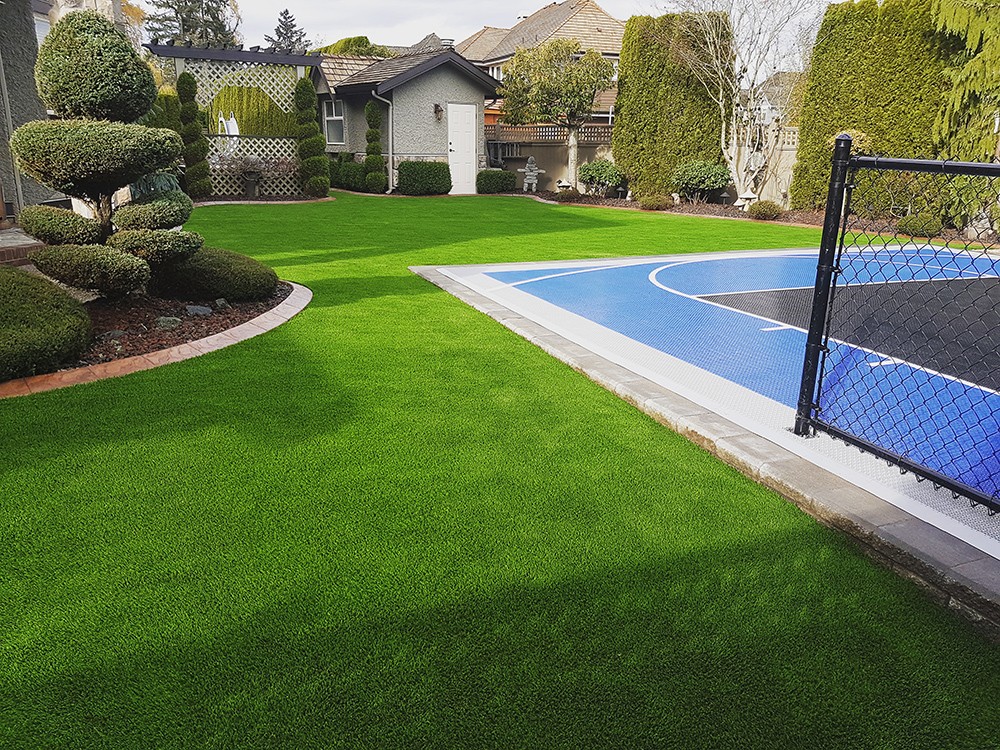
Artificial Sport Courts Set to Transform the Way We Play Sports!
Artificial courts, also known as synthetic courts, are becoming increasingly popular in the world of sports. These courts are made from a variety of materials, such as rubber, asphalt, and plastic, and are designed to mimic the feel and play of traditional courts made from natural materials, such as grass or clay. In this blog, we will explore the benefits of artificial courts, their impact on sports, and their future potential.
One of the primary benefits of artificial courts is their durability. Unlike natural courts, which can become worn down and damaged over time, synthetic courts are designed to withstand heavy use and extreme weather conditions. This means that they can be used year-round, and require less maintenance than traditional courts. Additionally, because they are less likely to become damaged or worn down, they offer a more consistent playing surface, which can help to prevent injuries.
Another benefit of artificial courts is their versatility. Because they can be made from a variety of materials, they can be customized to meet the needs of a variety of sports and activities. For example, some synthetic courts are designed specifically for basketball or tennis, while others are used for sports like soccer or volleyball. This means that they can be used in a variety of settings, from parks and schools to professional sports arenas.
Artificial courts also have the potential to revolutionize the way we play sports. Because they are more durable and require less maintenance than natural courts, they can be used in areas where traditional courts would be impractical or impossible to maintain. For example, they could be used in urban areas where there is limited space for sports facilities, or in areas where extreme weather conditions make it difficult to maintain natural courts.
In addition to their practical benefits, artificial courts can also have a positive impact on the environment. Because they require less maintenance than natural courts, they can help to conserve water and reduce the use of harmful chemicals, such as pesticides and fertilizers. Additionally, because they are made from recyclable materials, they can be easily disposed of and reused.
Despite their many benefits, some people are still hesitant to embrace artificial courts. Some argue that they lack the natural beauty and character of traditional courts, while others worry that they may alter the way we play sports. However, as technology continues to advance, it is likely that artificial courts will become more realistic and customizable, and that their impact on sports will continue to grow.
In conclusion, artificial courts offer a variety of benefits, from their durability and versatility to their potential to revolutionize the way we play sports. While they may not be perfect, they represent an important step forward in sports technology, and have the potential to create new opportunities and experiences for athletes and sports fans alike.
